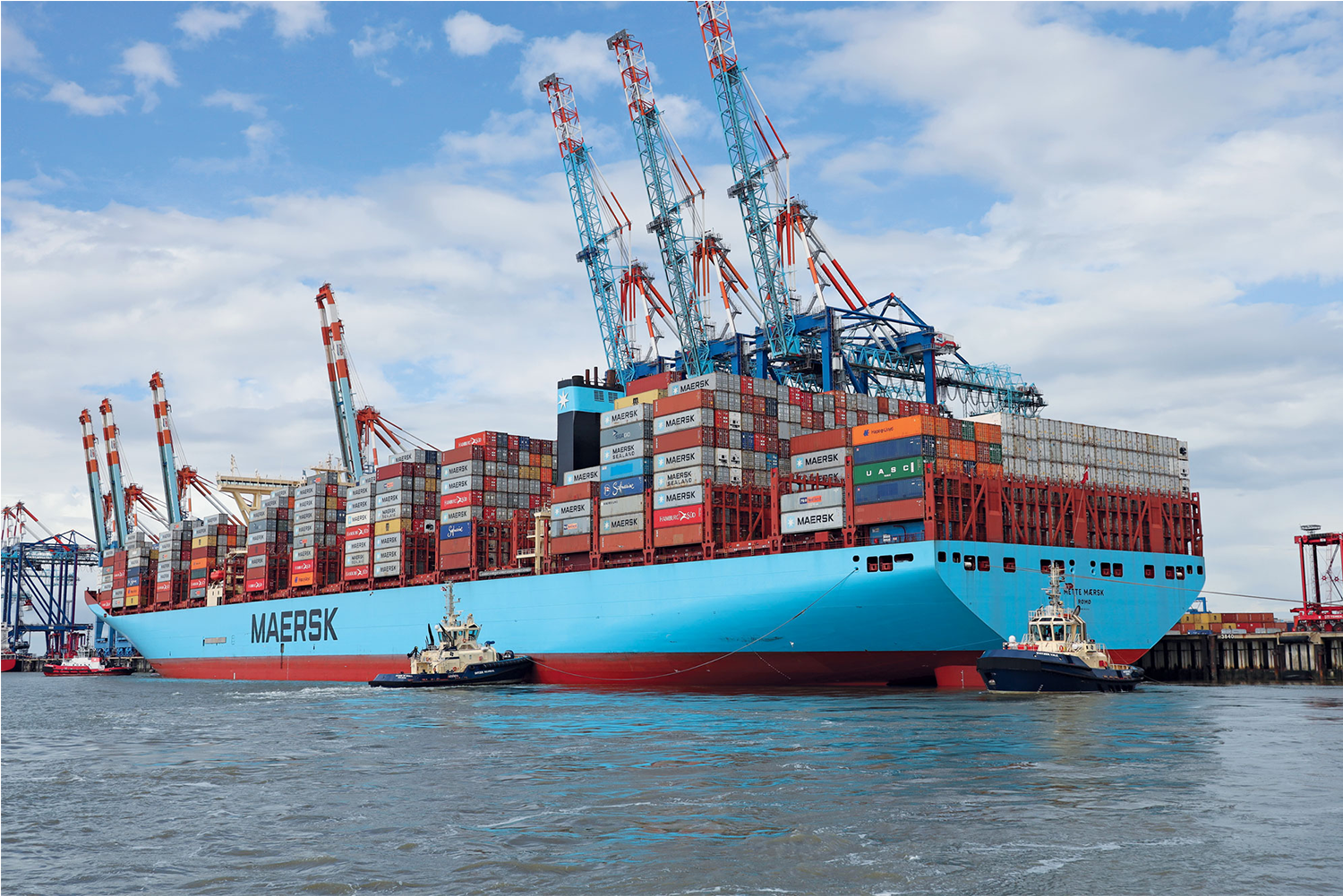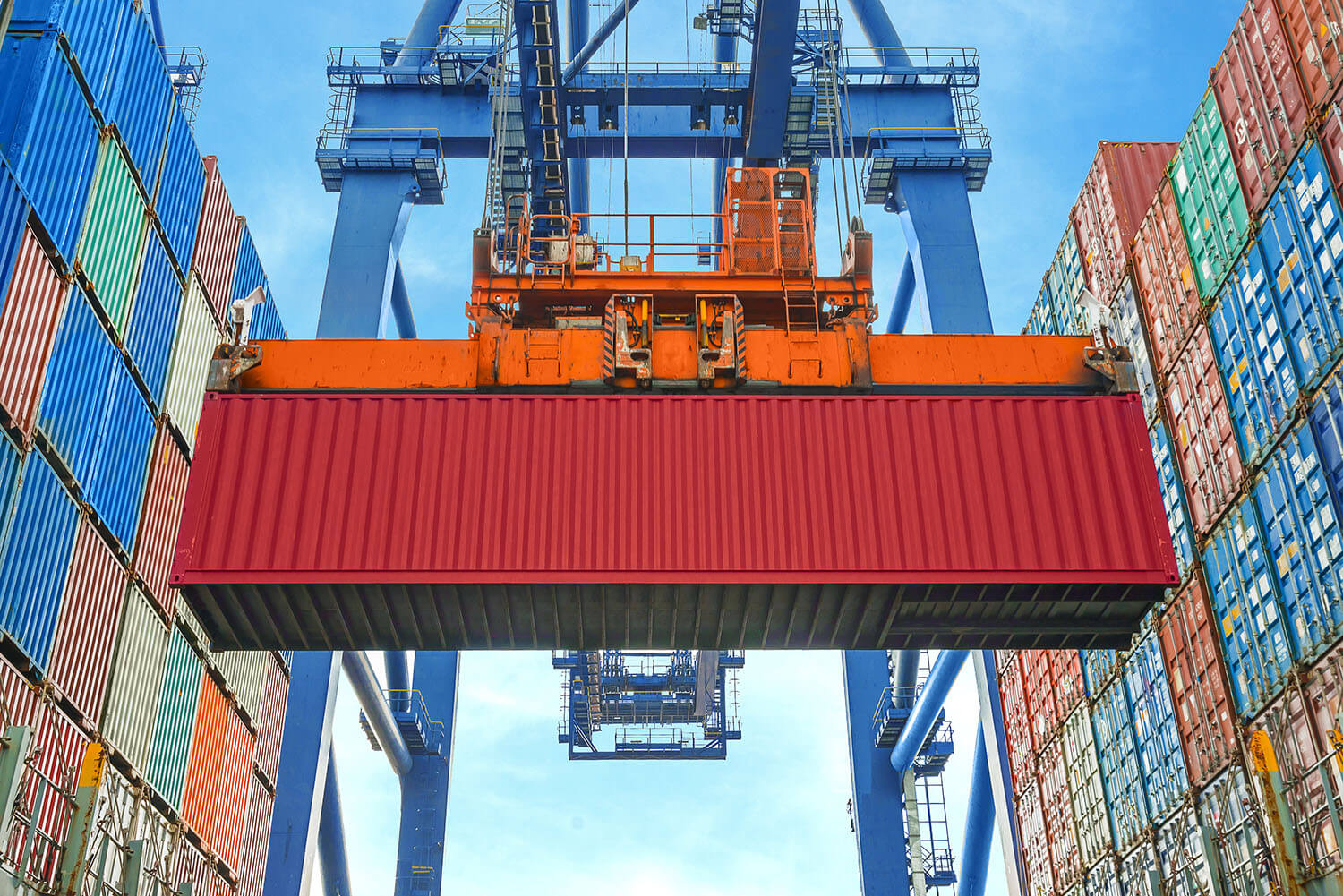How Climate Change Is Impacting the Shipping Industry

Climate change impacts nearly every industry, but it has a particularly big impact on the shipping industry. Whether you’re transporting cargo with a ship, a fleet of trucks or a train, the weather and climate regulations change the way you ship.
There are a lot of hurdles for cargo shipping companies and courier services to overcome, but being able to transport goods all around the world is an essential part of our lives. The shipping industry is constantly changing and adapting to comply with the latest climate regulations and find unique solutions that work despite climate change.
Keep reading to learn more about how climate change is impacting the shipping industry and what that means for you.
Increasing Storm Intensity
As a result of climate change, storm intensity has increased significantly in recent decades. According to the High Meadows Environmental Institute, there have been an increasing number of category 3 to category 5 cyclones since 1979. While this increase in storm intensity isn’t purely a result of human behavior, the resulting changes have had a major impact on the shipping industry.
Tropical storms are one of the biggest disruptors of global shipping. Intense storms make every part of the freight shipping process difficult, from loading cargo containers on ships to actually transporting cargo. Cargo ships can even lose shipping containers during particularly harsh storms.
In most cases, tropical storms cause delays that take a serious toll on the shipping industry. When cargo ships can’t deliver goods to ports on time, those delays affect courier services and customers across the world. Delays in pharmaceutical and medical or food and beverage shipments can lead to costly spoiling. With the increase in the frequency and intensity of tropical storms, freight companies have to stay prepared for potential delays and make alternate plans during the storm season.
Rising Sea Levels
The cargo ships that transport shipping containers are at the mercy of the sea, and rising sea levels have changed several aspects of freight shipping.
In some ways, rising sea levels are a good thing for cargo ships. Cargo ships carry a lot of heavy freight, which means they need deeper water to transport their goods. Rising sea levels allow cargo ships to reach areas that they may not be able to reach during low tide.
Unfortunately, there are a lot of negatives to rising sea levels. Higher sea levels make it easier for cargo ships to transport heavy loads, but they can be difficult for ships that are carrying several shipping containers. Rising sea levels mean bridges are lower in relation to the water, which can make it difficult for cargo ships to pass through and get to ports.
As a result of rising sea levels, cargo ships have to be mindful of the height of the load they’re transporting. As a freight company, you need to take rising sea levels into account to make sure you can get into port to deliver your cargo.
Disruption at Ports
Several changes in climate can cause disruption at ports, which makes it a lot harder to load and unload cargo.
Tropical storms can cause lasting damage to ports that makes them unusable for a period of time, and those ports are a crucial part of transporting cargo. If a port is damaged badly enough, you might have to wait until repairs are made before you can deliver your cargo. Even if a port is usable after a storm, severe damage can slow down the loading and unloading process.
Ports operate on schedules, and those schedules rely on people getting in and out of port on time. When a ship has a mechanical issue or there’s a weather incident that delays the loading or unloading of cargo, the rest of the schedule is thrown off. Even if you’re arriving several days or weeks after a major delay at a shipping port, you may need to wait to unload your shipping containers.
Climate Regulations
As the climate continues to change and the population continues to grow, new climate regulations are put in place to protect the environment. These regulations may be an important part of minimizing climate change, but they also have lasting effects on the shipping industry.
The International Maritime Organization (IMO) devised a strategy to reduce greenhouse gas emissions from freight ships. The plan is to reduce carbon emissions by 80% in 2040 compared to 2008. By 2050, the goal is to approach or reach net-zero emissions. This climate strategy has a massive impact on the design and construction of new cargo ships, and it also requires cargo ships to measure and report an annual efficiency ratio (AER) to the IMO. Vessels that receive a low grade will have either a one-year or three-year period to become compliant.
Freight companies will need to use various strategies to comply with the latest IMO initiative. Some cargo ships may need to switch to a different fuel while others will need to make technical refinements to the ship.
Pavement Damage
Climate change has a surprisingly large impact on roads and parking lots, which can result in several obstacles for freight and shipping companies.
Cargo ships rely on cranes and other heavy equipment to help them unload everything at shipping ports. These cranes operate from a lot filled with shipping containers, lifting and moving shipping containers to store them at the port and loading new containers onto ships. Long-term exposure to rain and high heat from the sun can cause the surfaces these cranes drive on to crack and weaken. Concrete and asphalt damage at shipping ports can also make it difficult to stack and store heavy shipping containers.
Even if your cargo ship can get all its containers unloaded, those goods need to be transported by courier services. Bad roads can lead to delays and accidents when semi-trucks and courier vehicles are delivering to individuals.
Ice Roads
You may have heard of the TV show Ice Road Truckers, but did you know those ice roads play a big role in the global shipping industry? When people in remote parts of Alaska need something large or heavy delivered, freight companies use ice roads to get those goods delivered on time.
The issue here is that ice roads can be extremely dangerous if temperatures aren’t low enough, and temperatures are only low enough to use ice roads for about 8-10 weeks each year. The extreme heat we’ve seen in recent years as a result of climate change can make this window even smaller. Even if an ice road is still usable for the full 8-10 weeks, there may be fewer lanes available and parts of the road can start to thaw and thin out.
Bridges and Railways
Bridges and railways are designed to stand up to harsh weather, but that doesn’t mean they’re not affected by climate change.
Bridges play a key role in the shipping process for cargo ships, trains and semi-trucks. Designing bridges — especially in certain climates — means accounting for potentially harsh weather and providing the right support to keep the bridge standing. Unfortunately, extreme heat and intense storms can damage bridges over time, making them unstable and even causing collapses.
Railways along the coast can get damaged as a result of the salt and moisture in the air, which can lead to premature corrosion. Strong rains can also weaken the ground that supports railroads, making them unstable.
Even if damaged bridges and railways don’t directly affect your freight company, they impact other parts of the shipping industry. Your cargo ships rely on freight trucks, trains and courier vehicles to transport goods across land once you safely deliver them to a port.
Finding Solutions to Shipping Challenges Created by Climate Change
Climate change has lasting effects on nearly every industry, but the shipping industry is hit particularly hard by harsh weather. From damage to cargo ships to lost shipping containers, there are tons of ways climate change can impact your life as a freight shipper.
As a freight shipping company, you have to find creative ways to overcome the obstacles that climate change creates. The shipping industry as a whole is constantly working to find new solutions to new problems — including our team. We’ve developed our Hydry and Temcore products to help protect against moisture and extreme temperatures. Even if you haven’t personally been affected by recent changes in the shipping industry, you need to prepare for the inevitable roadblocks that lie ahead.
Now is the best time to start equipping your freight shipping company to deal with climate change. Contact EPGNA today to learn how our custom solutions can help you protect your cargo and simplify freight shipping.

Sandra Malouf is the President of Eurolog Packing Group and has spent her career focused on Industrial Packaging. With a proven track record of helping businesses avoid supply chain disruptions, Sandra’s visionary leadership elevates the industry. She’s committed to developing sustainable practices and continues to shape the future of industrial packaging by listening to the customer and offering unique solutions applicable to various industries across the world. The company’s main focus is temperature stabilization and moisture damage prevention in exports affected by extreme variations in global temperatures.
© 2024 Eurolog Packing Group








